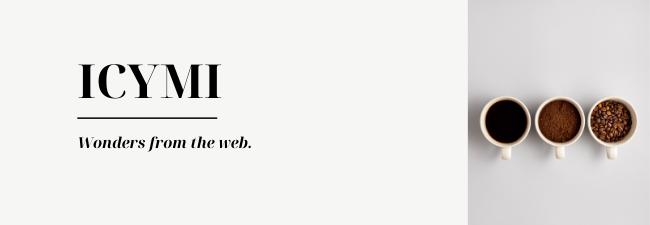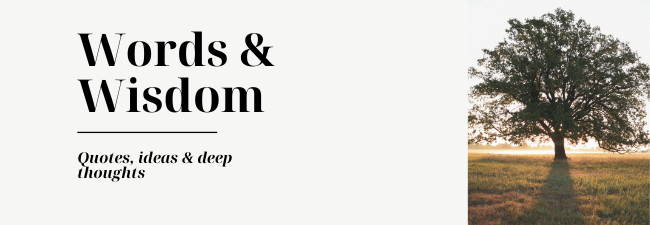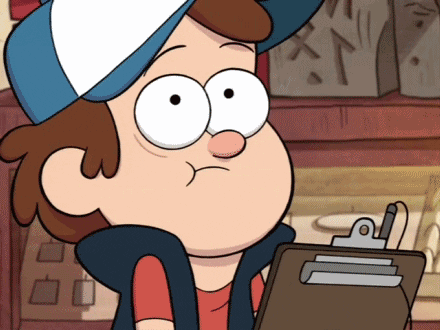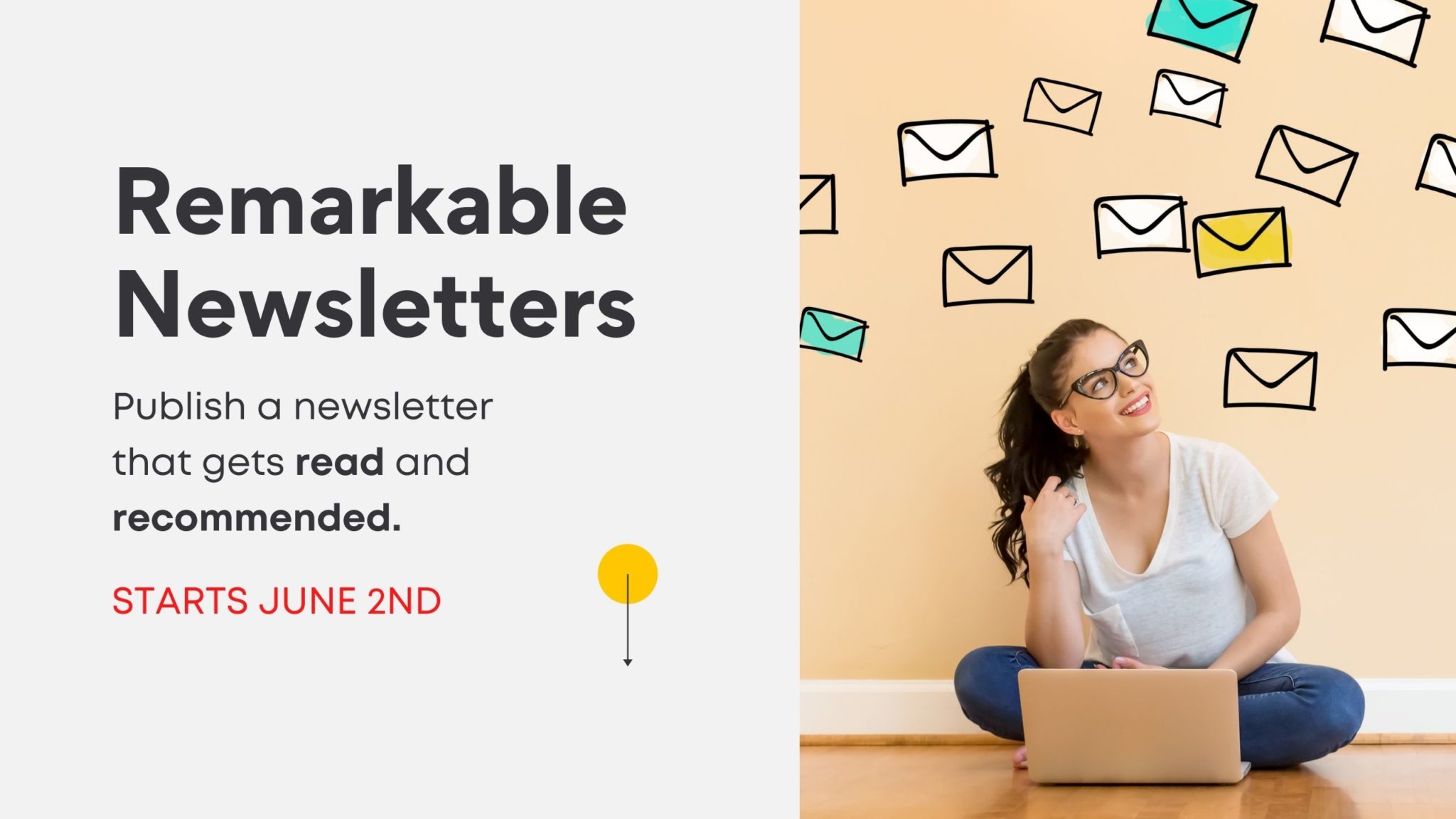I’ve always wanted to be a writer.
In elementary school, I submitted essays to my school newspaper and had a story published in a city-wide collection. At age nine, I wrote the editor of our city’s newspaper, The Calgary Herald, requesting a kid section beyond the comics.
When my childhood best friends, two sisters Jasmine and Tamara, used to come over to play, they would often mock me playfully because all I ever wanted to do was make booklets and pretend we were writers.
As I got older, I started to keep my writing to myself, pouring my thoughts and teenage angst into my diaries. It was my safe place to process the ups and downs of life, my frustrations at friends, my anger at my parents and my heartbreak after a relationship ended.
Into adulthood, I continued writing, this time more publicly and professionally. I co-edited the YMCA Experience magazine, wrote countless stories and articles for various publications, and learned the art of copywriting.
And now, as a small business owner, I write all of the time, for many different purposes – to share, to sell, to connect and to communicate value. My writing isn’t groundbreaking or particularly poetic, but it’s one of the best tools I have to express myself and share my ideas.
While I enjoy it all, far and away, my favourite kind is the writing I do for you here, inside these Leadership Letters.
As I write my thoughts to you, I pretend we’re sitting together over a cup of coffee and I’m sharing what’s on my mind this week. I don’t see it as marketing, I write to connect and to make connections.
My goal when I hit send is that you’ll either have an insight that you can carry into your own life, or that you’ll feel a little less alone as you discover you aren’t the only one who thinks or feels the way you do.
Writing as a clarifier
I spend a lot of time (too much time probably) consuming content. I read books, long-form articles, listen to podcasts and go down many rabbit holes on Twitter. I’m naturally curious, and I love collecting ideas and information that I can share with you or use for my own learning.
My husband often looks at me with exasperation because after a longer input-stint (a period of time I’m reading/consuming a lot), I’ll let out a huge, full-body sigh. I do it not out of frustration, but more because my brain is buzzing with ideas, insights, and connections that I have no idea how to organize or activate.
I worry that all these fragmented ideas aren’t enough to be grouped into anything meaningful for me to share or I fear I’ll stay stuck marinating in other people’s ideas.
That’s where writing comes in.
One of the remarkable things about writing is how clarifying it can be. When I’m swirling in a sea of thoughts, ideas and random nuggets of information, the only way I’ve found to help me figure out what I think about things is to write.
Last week, after many discussions with friends (and Twitter deep dives) about Basecamp and Rachel Hollis, I still wasn’t entirely sure where I stood on the matter, nor what I wanted to say about it (or if I did). I’ve learned that trying to think my way to the answer rarely works; I knew I had to write my way there instead. So I sat down, and 2,300 words later, I hit publish on this essay.
It wasn’t until I was done that I knew what I thought.
Writing prompts: What am I curious about? What idea am I trying to gain clarity on?
Writing as a creative outlet
Not every piece of writing needs to be published or shared publicly.
For many of us, writing can serve as a creative outlet or a tool for creative healing. As I talked about in this podcast episode, I used to get up at 4:30 am to reflect and to write. It was at a time in my life I was feeling particularly untethered and overwhelmed, and the act of writing morning pages, followed by journaling, was instrumental in me finding my way back to myself.
Writing let the light back in.
Our writing can also be the start of something new – something tender, uncertain and not yet ready for public consumption. Perhaps we feel the call of a passion project or the pull of an idea that’s still too early to risk the eyes of others.
It may become something we share or it may stay safe in our hands (or hard drives) forever. We get to decide.
“Creativity itself doesn’t care at all about results — the only thing it craves is the process.”
~Elizabeth Gilbert
Writing prompts: Where am I feeling creatively stuck? What secret idea have I been stewing on that could use some creative attention?
Writing is leadership at scale*
This month inside LEAD.Well, we’re exploring the theme, Leading in Public. Our theme has a two-pronged meaning to it: 1) to bring visibility to our work and ideas, and 2) to build out loud as we go, getting feedback along the way.
Writing is a powerful way to practice this concept, even if you don’t consider yourself a writer.
Through the act of putting pen to paper (or fingers to keyboard), we have an opportunity to add value, share a big idea, create a connection or help people feel a little less alone.
That writing may end up as a newsletter, a blog post, an Instagram or Twitter post, a thoughtful email, an internal memo, a podcast, a speech or a video on YouTube, but chances are good, it started with you sitting down at your computer, tuning out the noise and turning inward to find the words.
And when we have the courage to hit publish, those words can travel.
You may never know the impact or reach of your writing, and how it may have caused a shift or an aha for someone reading (or listening). I will never forget a friend sending me a picture of her friend’s fridge (a woman I did not know), with a printed copy of one of my blog posts stuck to it. *As James Clear says, “writing is leadership at scale.”
Luckily, the barrier to entry has never been lower with easy access to publishing tools like blogs, social media and the rise of newsletter platforms like ConvertKit (aff link), Substack, Curated and Revue. With a few clicks, you can start sharing your ideas and building an audience with people who care what you have to say.
Everyone who writes is a writer. What would you like to say?
Writing prompts: Where can I use my writing as an act of leadership? How can I share my words more widely?
Lead well,
Steph (she/her)
p.s. On June 2nd, I’m hosting a short, action-focused course called Remarkable Newsletters for those of you ready to share your ideas, your work and your words with a broader audience. A newsletter is a powerful tool for any leader and is the epitome of leadership at scale.
If you’d like to join our first cohort with special introductory pricing, we’d love to have you. Until Monday, May 17th, use the coupon code earlybird to save $50 off your registration. Sign up for Remarkable Newsletters here.
💡 FRESH, HAND-PICKED RESOURCES
Curated links from around the web to help you work well, live well and lead well.

I’ve been following Ann Handley for years, and her newsletter is one of my favourites. This article is a helpful set of tips you can implement immediately to make your writing stronger. Vivid Writing: How do you paint a picture in the mind of your reader? Add these 5 things.
This piece came out near the beginning of the pandemic, but it still feels true (well, except for the fact that we’re all WAY over the idea of writing our version of King Lear during quarantine). Why I’m giving myself permission to keep writing at this time.
I adore reading about other people’s habits and routines, don’t you? And learning about the rituals of prolific writers always intrigues me as I hope I might glean some special insight or hack to make me a better writer. Jessica Lahey is someone I’ve long admired and you can read about her writing process in this piece. She’s the author of the NYT best-selling book, The Gift of Failure, and her newly released book, The Addiction Inoculation. She’s also one of the co-hosts of a great podcast, #AmWriting and has written widely across many publications. If you’re looking to write more, check out the podcast and join their Facebook community as well – it’s a supportive, thoughtful group of aspiring and published writers.

A reasonable, positive approach to push-ups that isn’t based on shaming me for only doing ‘girl push-ups’? Yes, thank you, more please.
Last week in our Member Meet-and-Greet, one member said, “I never want to hear the word languishing again.” She was laughing about it of course, but this is what happens when the internet decides an idea should go viral – we see it everywhere until we’re so sick of it that we can no longer take value from the original premise. As expected, a number of counterpoint pieces have been published, but this one is my favourite by far.
For my fellow Notion users (die-hard fans like me), this will make you very happy.
And finally, for my fellow word nerds: what say you?

“I know some very great writers, writers you love who write beautifully and have made a great deal of money, and not one of them sits down routinely feeling wildly enthusiastic and confident. Not one of them writes elegant first drafts. All right, one of them does, but we do not like her very much.”
~Anne Lamott, Bird by Bird
🌱 INSIDE LEAD.Well:
You are welcome to jump into LEAD.Well at any time, and enjoy the conversation, content and community of like-minded women exploring and growing in their own leadership
Here’s what we’re up to in LEAD.Well:
- Exploring the theme, Leading in Public. Next week we’ll jump into a short, action-focused visibility challenge.
- *NEW: Coaching Sessions & Member Coffee Talks
- Book Club: Discussing the book, Brag Better by Meredith Fineman
If you love my Leadership Letters, LEAD.Well offers you deeper analysis, behind-the-scenes insights, a private podcast feed, monthly events and a growing Leadership Resource Hub filled with my best tools and recommendations.
Learn more and join us here.
💥THE WEEK IN A GIF
How I begin most writing sessions…

📬 LEADERSHIP LETTERS SPONSOR
This issue of Leadership Letters is brought to you by Remarkable Newsletters. If you’d like to publish a newsletter that gets read and recommended, join me for a short, action-focused program to help you map out, plan and publish a newsletter.
We’ll alternate between training around newsletter strategy, tech tool recommendations and workflow systems, and hands-on, roll-up-your-sleeves integration time. Remarkable Newsletters begins June 2nd and you can join for this introductory pricing round here.
Yes! I want to publish my own remarkable newsletter.




